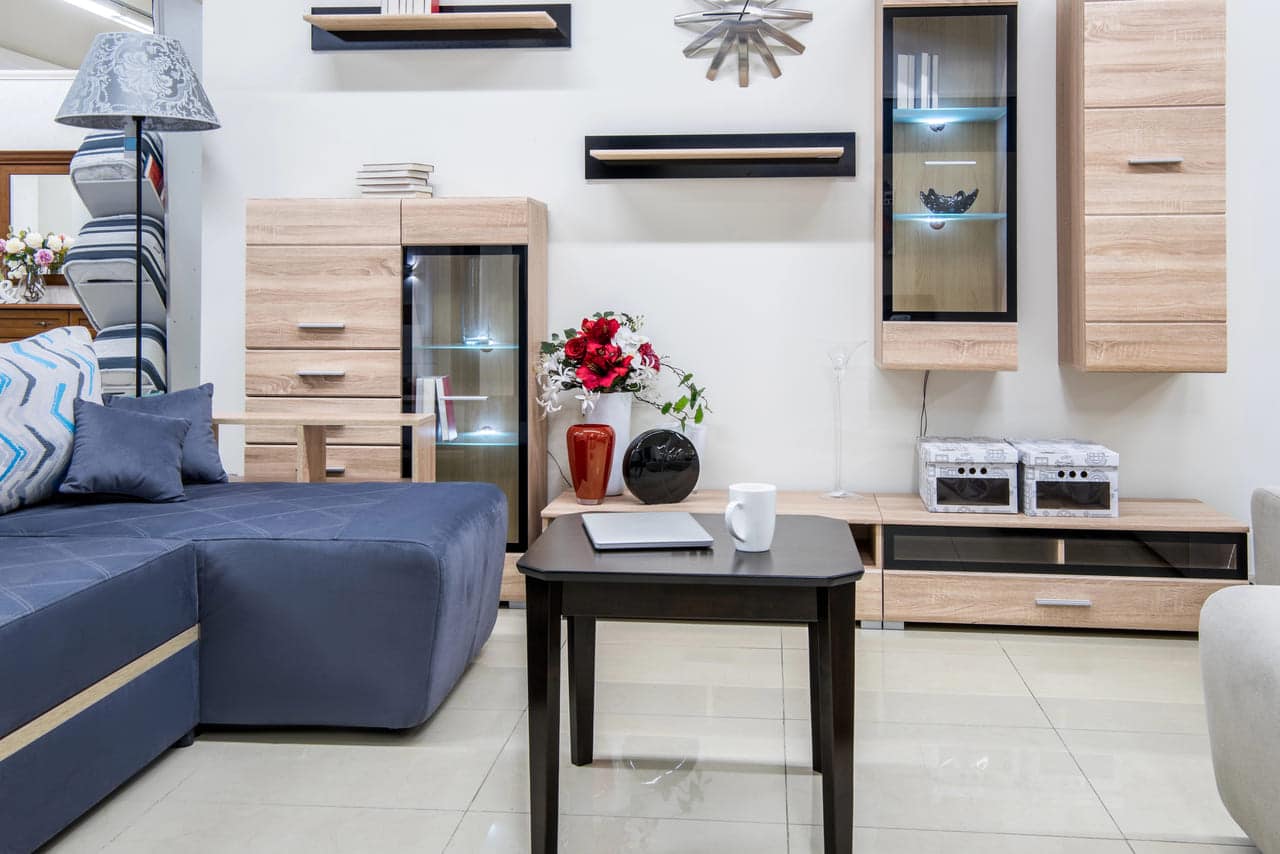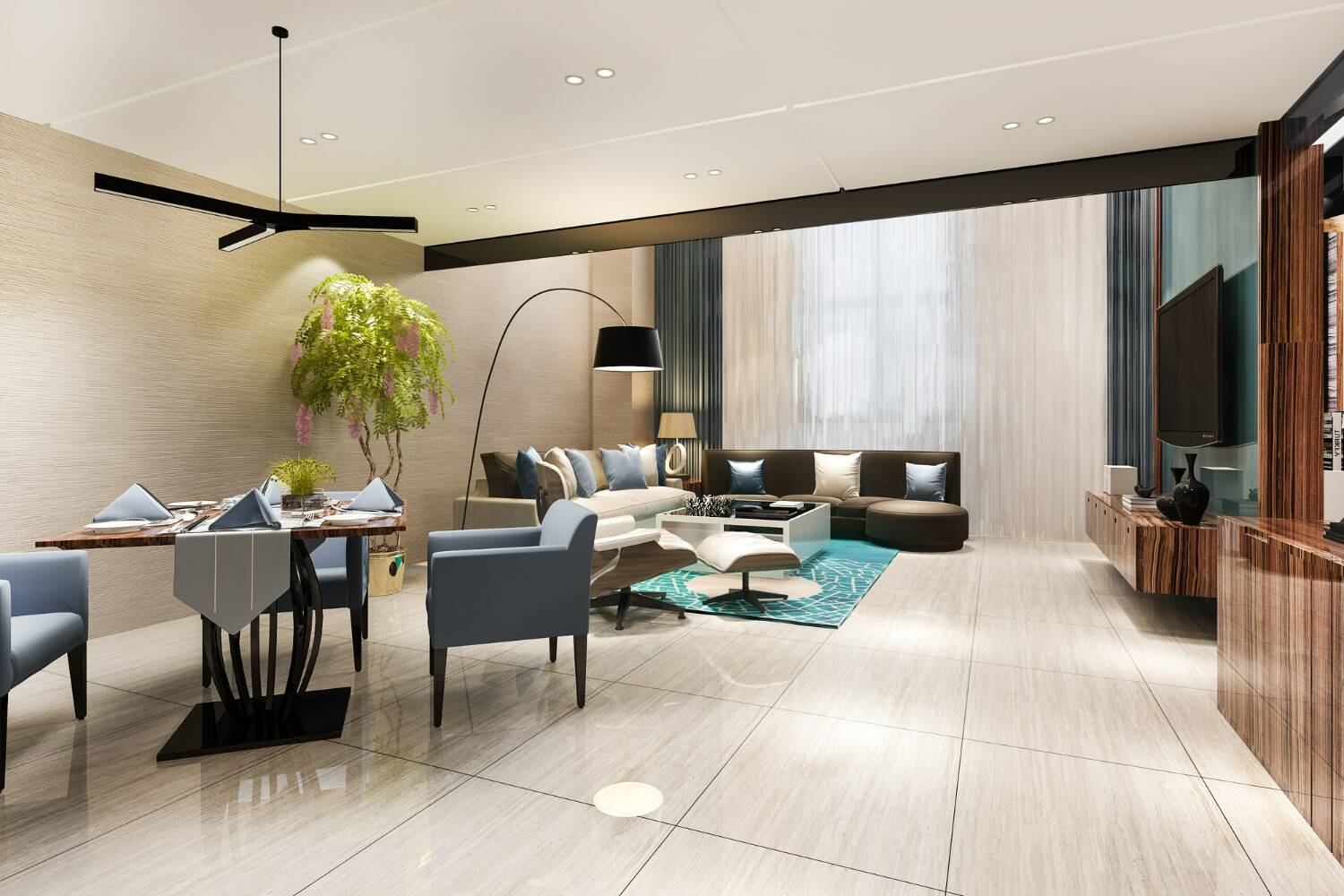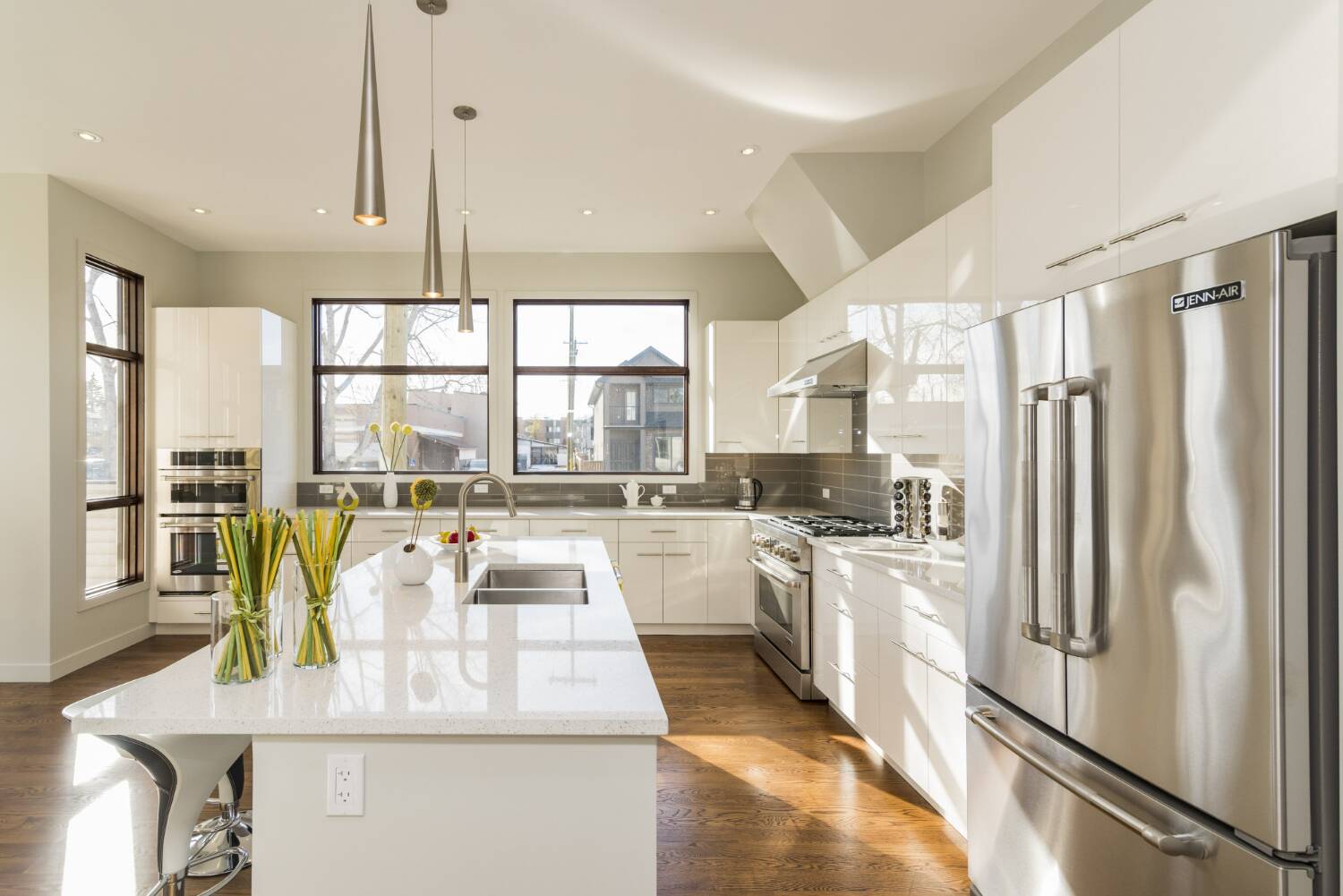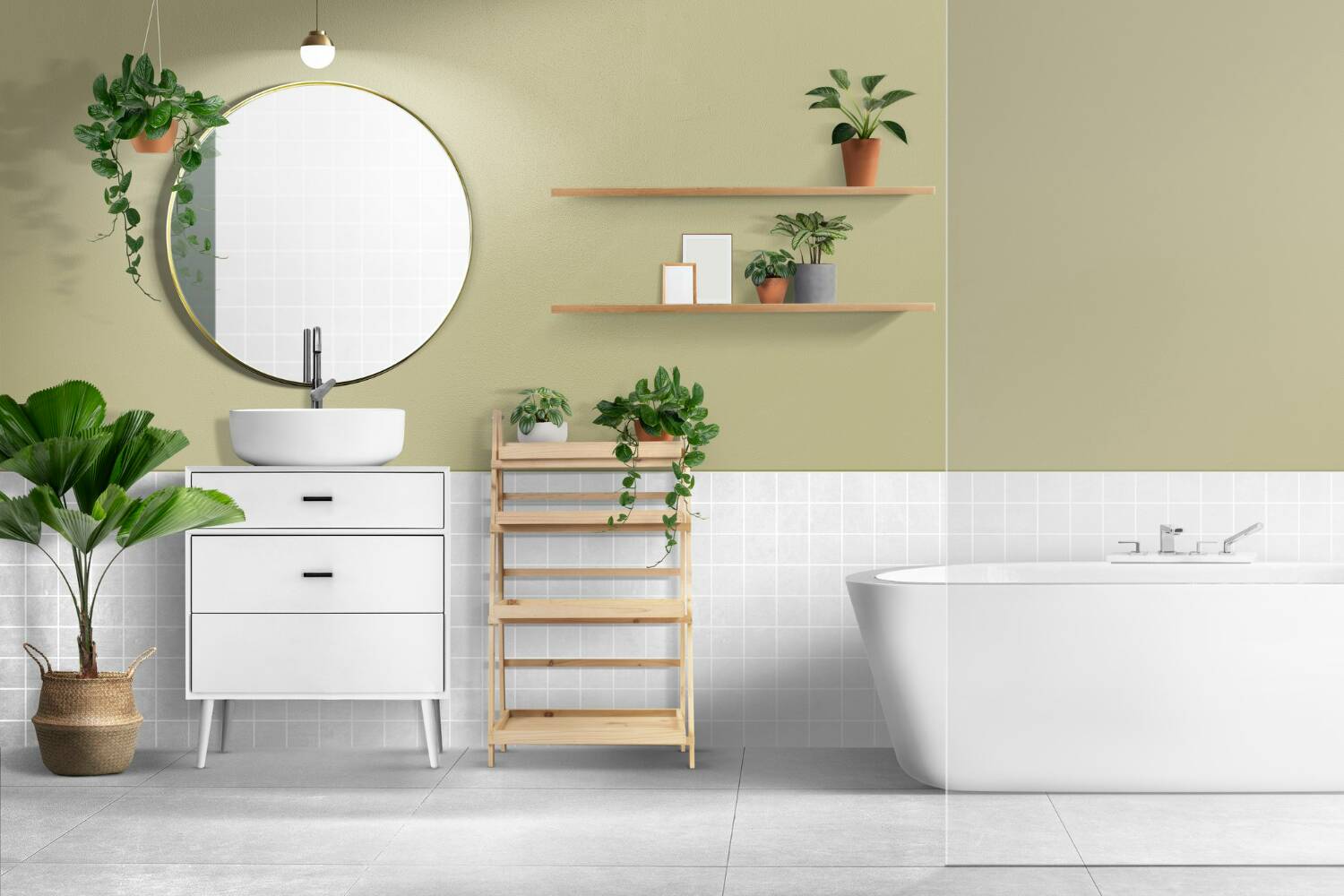
Spanish Vocabulary: Names of Furniture in Spanish
DATE:
Welcome to the official blog of our Spanish Academy, where today we will delve into the fascinating world of “furniture in Spanish” (muebles en español).
Our goal is to provide you with valuable insights and knowledge from our native Spanish speakers, helping you learn Spanish as a second language in a fun and engaging way.
In this post, we will describe various pieces of furniture that are essential to any Spanish-speaking household. From the bedroom (el dormitorio) to the garden (el jardín), we will talk about items such as el armario (wardrobe) and el closet (closet), highlighting the subtle differences between them.
As we explore the outdoors, you’ll learn about the unique plastic bench (banco de plástico) that is commonly found in gardens across Spanish-speaking countries.
We will also take a look at the heart of the home, discussing the all-important kitchen sink (fregadero de cocina) and its vital role in daily life.
Throughout our journey, we will introduce you to various tables (mesas), shelves (estanterías), and other indispensable pieces of furniture, making it easy for you to incorporate these new terms into your everyday conversations.
So, whether you are a seasoned Spanish learner or just beginning your language journey, join us in this exciting talk about the world of furniture in Spanish.
Furniture Materials in Spanish
Let’s get to know the furniture in Spanish from its origin! So let’s first take a look at the materials from which the furnitures are commonly made.
|
Spanish |
English |
|---|---|
|
Madera |
Wood |
|
Metal |
Metal |
|
Vidrio |
Glass |
|
Plástico |
Plastic |
|
Cuero |
Leather |
|
Tela |
Fabric |
|
Ratán |
Rattan |
|
Bambú |
Bamboo |
|
Hierro forjado |
Wrought iron |
|
Mimbre |
Wicker |
|
Acero inoxidable |
Stainless steel |
|
Aluminio |
Aluminum |
|
Latón |
Brass |
|
Cobre |
Copper |
|
Bronce |
Bronze |
|
Hierro |
Iron |
Knowing these words will help you describe the materials of different furniture items in Spanish. For example:
- Este sofá es de cuero
This sofa is made of leather
- La mesa es de madera
The table is made of wood
Whether you’re shopping for furniture or simply admiring the design of a piece, having the vocabulary to describe its materials in Spanish can enrich your understanding and appreciation.
Spanish Vocabulary Of The Areas Of The House
Before we start explaining exactly the furniture in Spanish, let’s see what are the different areas that exist in the house. This is important to learn because we don’t have a toilet in the kitchen, right?
So let’s learn to differentiate and name in Spanish the different areas of the house so we don’t end up putting a toilet in la cocina (the kitchen)!
|
Spanish |
English |
|---|---|
|
Sala |
Living Room |
|
Comedor |
Dining Room |
|
Cocina |
Kitchen |
|
Dormitorio/habitación |
Bedroom |
|
Baño |
Bathroom |
|
Lavandería |
Laundry Room |
|
Garaje |
Garage |
|
Jardín |
Garden |
|
Terraza |
Terrace |
|
Balcony | |
|
Pasillo |
Hallway |
|
Escalera |
Staircase |
|
Ático |
Attic |
|
Sótano |
Basement |

Living room Furniture In Spanish
Now let’s move on to the busiest area of the home: the living room. It’s that area where family gatherings happen, where most of our visitors stay, where we watch a family movie and more.
It is that place in the house that is open to everyone! Let’s learn what are its most common furnitures in Spanish.
|
Spanish |
English |
|---|---|
|
Sofá |
Sofa |
|
Sillón |
Armchair |
|
Lámpara de mesa |
Table Lamp |
|
Estantería |
Bookshelf |
|
Cuadro |
Painting |
|
Chimenea |
Fireplace |
|
Alfombra |
Rug |
|
Cojín |
Cushion |
|
Cortina |
Curtain |
|
Televisor |
Television |
Bedroom Furniture In Spanish
The bedroom is the most personal place we have! They say that what you have in your room is even able to define your personality. Here are some of the most common bedroom furniture items you might encounter in a Spanish-speaking country.
It’s worth noting that some of these terms may have regional variations, so it’s always a good idea to check with a native speaker if you’re unsure.
|
Spanish |
English |
|---|---|
|
Cama |
Bed |
|
Colchón |
Mattress |
|
Almohada |
Pillow |
|
Sábana |
Sheet |
|
Edredón |
Duvet |
|
Manta |
Blanket |
|
Cabecero |
Headboard |
|
Mesa de noche |
Nightstand |
|
Lámpara de mesa |
Table lamp |
|
Armario |
Wardrobe |
|
Cajonera |
Chest of drawers |
|
Cómoda |
Dresser |
|
Espejo |
Mirror |
|
Perchero |
Coat rack |
|
Banqueta |
Bench |
|
Silla |
Chair |
|
Estantería |
Bookshelf |
|
Cortina |
Curtain |
|
Persianas |
Blinds |
|
La mesa de noche |
The night table |

Kitchen and Dining Room Furniture In Spanish
Here are some of the most common kitchen furniture items and appliances you might encounter in a Spanish-speaking country. Also, remember that some of these terms may have regional variations. Check with a native speaker!
|
Spanish |
English |
|---|---|
|
Mesa |
Table |
|
Silla |
Chair |
|
Taburete |
Stool |
|
Alacena |
Upper cabinet |
|
Estantería |
Shelf |
|
Cajón |
Drawer |
|
Fregadero |
Sink |
|
Grifo |
Faucet |
|
Encimera |
Countertop |
|
Campana |
Range hood |
|
Horno |
Oven |
|
Cocina |
Stove |
|
Microondas |
Microwave |
|
Lavavajillas |
Dishwasher |
|
Nevera/Refrigerador |
Refrigerator |
|
Congelador |
Freezer |
|
Dispensador de agua |
Water dispenser |
|
Batidora |
Blender |
|
Cafetera |
Coffee maker |
|
Tostadora |
Toaster |
|
Exprimidor |
Juicer |
|
Licuadora |
Blender |
|
Olla |
Pot |
|
Sartén |
Pan |
|
Cuchillo |
Knife |
|
Tenedor |
Fork |
|
Cuchara |
Spoon |
|
Plato |
Plate |
|
Taza |
Cup |
Bathroom Furniture In Spanish
The bathroom is the most intimate place in every home. It is where we wash ourselves and do our needs. It is important to know how to name the bathroom furniture in Spanish in order to have a much wider vocabulary and make good purchases online!
|
Spanish |
English |
|---|---|
|
Lavabo |
Sink |
|
Inodoro |
Toilet |
|
Bañera |
Bathtub |
|
Ducha |
Shower |
|
Bidé |
Bidet |
|
Espejo |
Mirror |
|
Armario de baño |
Bathroom Cabinet |
|
Toallero |
Towel Rack |
|
Papelera |
Trash Can |
|
Jabonera |
Soap Dish |
|
Dispensador de jabón |
Soap Dispenser |
|
Cepillo de dientes |
Toothbrush |
|
Portarrollos |
Toilet Paper Holder |
|
Cortina de ducha |
Shower Curtain |
|
Grifo |
Faucet |
|
Toalla |
Towel |

Laundry Room Furniture In Spanish
The small space in the home where we clean our clothes, sheets, towels, etc. Let’s learn how to name the most common furnitures found in this space of the home!
|
Spanish |
English |
|---|---|
|
Lavadora |
Washing Machine |
|
Secadora |
Dryer |
|
Tabla de planchar |
Ironing Board |
|
Plancha |
Iron |
|
Armario de lavandería |
Laundry Cabinet |
Outdoor Furniture In Spanish
And not least: the outdoor space! That we tend to overlook because as it is outside, we forget that it is part of the house. Let’s learn how to name the objects that decorate the outside of our home in Spanish!
|
Spanish |
English |
|---|---|
|
Silla de jardín |
Garden Chair |
|
Mesa de jardín |
Garden Table |
|
Sombrilla |
Umbrella |
|
Banco de jardín |
Garden Bench |
|
Cojín para exteriores |
Outdoor Cushion |
|
Barbacoa |
Barbecue |
|
Chimenea exterior |
Outdoor Fireplace |
|
Farol |
Lantern |
|
Maceta |
Flowerpot |
|
Césped artificial |
Artificial Grass |

Home Office Furniture In Spanish
In the 21st century, most homes have a home office or at least a space to work, thanks to the great possibilities of working online. Therefore, let’s also name the essential items of furniture for a home office room!
|
Spanish |
English |
|---|---|
|
Escritorio |
Desk |
|
Silla de escritorio |
Office Chair |
|
Estantería |
Bookshelf |
|
Lámpara de escritorio |
Desk Lamp |
|
Archivador |
File Cabinet |
|
Computadora |
Computer |
|
Monitor |
Monitor |
|
Teclado |
Keyboard |
|
Impresora |
Printer |
|
Ratón |
Mouse |
|
Organizador de escritorio |
Desk Organizer |
Why Is It Important To Learn To Name Furniture In Spanish?
Learning to name furniture in Spanish is crucial for effectively communicating with a native Spanish speaker, especially when living in or visiting a Spanish-speaking country. It allows you to engage with the local culture and navigate various everyday situations more easily.
When visiting a friend’s home, knowing furniture vocabulary helps you compliment their new furniture or ask questions. Example sentences include “Me encanta tu nueva cama” (I love your new bed) and “¿Dónde compraste esta mesa de noche?” (Where did you buy this nightstand?).
In emergencies or when giving directions, terms like door (la puerta) and bed (la cama) are essential. Example sentences here are “Por favor, abre la puerta” (Please open the door) and “Necesitamos mover la cama para tener más espacio” (We need to move the bed to have more space).
Discussing furniture in Spanish also allows you to engage more authentically with the Spanish-speaking culture. For instance, when socializing at a bar or talking about your favorite TV spot, using the right vocabulary can spark interesting conversations.
You could say “Me gusta ver la televisión desde la cama” (I like watching TV from the bed) or “Tengo un gran armario en mi habitación” (I have a large wardrobe in my bedroom).
In conclusion, learning to talk about furniture in Spanish, using terms like door (la puerta), bed (la cama), wardrobe (el armario), and nightstand (la mesa de noche), allows for more fluent and confident interactions with native Spanish speakers.
Whether you’re complimenting new furniture, giving directions, or engaging in casual conversation, mastering this vocabulary will enhance your experience in Spanish-speaking countries and help you connect with the Spanish-speaking culture.
Get Started With SpanishVIP!
In conclusion, understanding furniture vocabulary in Spanish is essential for those who wish to communicate effectively with native Spanish speakers.
Throughout this article, we have explored specific furniture vocabulary, including keywords such as “coffee table” (mesa de centro), “chairs” (sillas), “armchair” (sillón), “beds” (camas), “refrigerator” (refrigerador), “closet” (armario), and “floor” (suelo).
Learning these words will not only enrich your vocabulary but also allow Spanish learners to engage in more meaningful and authentic conversations with native speakers.
Moreover, we have examined how to incorporate these vocabulary words into common phrases and expressions used in everyday life, particularly in the context of the home and the living room (sala de estar).
Mastering these terms will make students feel more comfortable and confident when discussing furniture and its arrangement in a space.
At our Spanish academy, we pride ourselves on offering courses and materials to learn furniture vocabulary effectively and enjoyably. Our goal is to provide students with the tools and support they need to become competent and confident Spanish speakers.
Try a free 1:1 class or free 7 days of group classes and discover why the SpanishVIP methodology is so successful for hundreds of students!
No matter if you are a beginner or an experienced speaker, improving your Spanish vocabulary, particularly in the realm of furniture, will bring you closer to your linguistic and cultural goals.
Don’t wait any longer and immerse yourself in the fascinating world of Spanish and furniture today!








